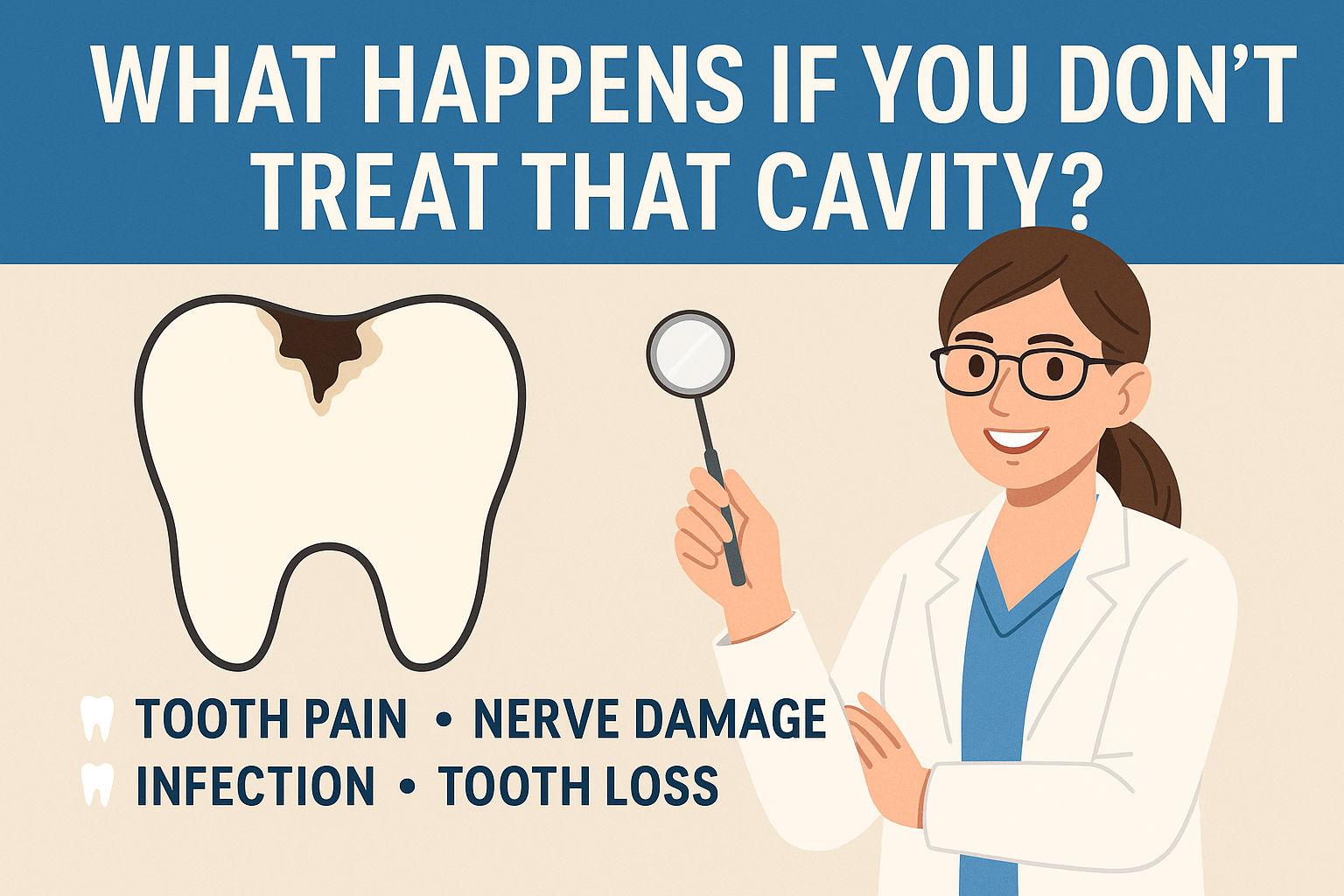From 1900 to 1999 the life expectancy of the people of the United States rose by 25 years! That is a staggering statistic which the Center for Disease Control (CDC) recently celebrated by naming the “Ten Great Health Achievements of the 20th Century,” the programs, initiatives, and technologies most responsible for this huge increase in life expectancy. In no particular order, the ten named achievements are the following:
- Immunizations
- Motor Vehicle Safety
- Workplace Safety
- Control of Infectious Diseases
- Declines in Deaths from Heart Disease and Stroke
- Safer and Healthier Foods
- Healthier Mothers and Babies
- Family Planning
- Fluoridation of Drinking Water
- Tobacco as a Health Hazard
- Future Directions of Public Health

The effects of fluoride on teeth were first recorded by Dr. Frederick S. McKay, a dentist who established his practice in Colorado Springs in 1901. He noticed that many of his patients had a mottled, brownish stain on their teeth and also realized that his patients had far fewer cavities than patients elsewhere in the United States. Dr. McKay performed field studies over years and determined that an agent in the public drinking water must be responsible for the observation.
Piggybacking on Dr. McKay’s findings, a great deal of research went into finding the agent responsible for the observations and it was determined in 1930 that fluoride the answer. Further research focused on identifying what levels of fluoride were most appropriate to avoid the brownish staining (termed “fluorosis” by the researchers) while maximizing the decay-reducing effects of fluoride. Researchers hypothesized that raising the fluoride from negligible levels to 1.0-1.2 parts per million would yield ideal results and in 1945, Grand Rapids, Michigan became the first city in the United States to fluoridate their water supply. 15 year studies in that city concluded that Grand Rapids children saw a 50-70% reduction in tooth decay!
Today water fluoridation is backed by huge body of detailed research and clinical studies. Although initially reported as a 50-70% decay reduction, it has been found that in actuality, the results are closer to a 25% reduction in cavities for children, which is still a very large improvement from non-fluoridated communities. The effects are not limited to children; adults experience a 20-40% reduction in cavities in areas with water fluoridation programs. Many ask why fluoride is necessary in the water supply when it is present in toothpastes, which are generally applied two or more times per day. Although fluoride is very effective in toothpastes, dental decay disproportionately affects those of low socioeconomic status, whose health habits, including brushing with fluoride paste, are not ideal due to a variety of factors. Water fluoridation bridges that gap and reduces this disparity.
Although fluoridation was a great achievement of the 20th century, we are not done yet—especially in Utah. Cavities are still one of the biggest diseases affecting our nation and it is almost entirely a preventable disease. National statistics indicate that 67% of people 12-17 years old and 94% of people 18+ years old have experienced cavities in permanent teeth. Utah statistics are comparable to national averages and it is my belief that Utah Valley statistics also mirror these figures as well. As a dentist in Orem, Utah, it is incredible for me to think that water fluoridation is important and impactful enough to be included in this list and still not be happening in Utah County. We can do better in our community.









